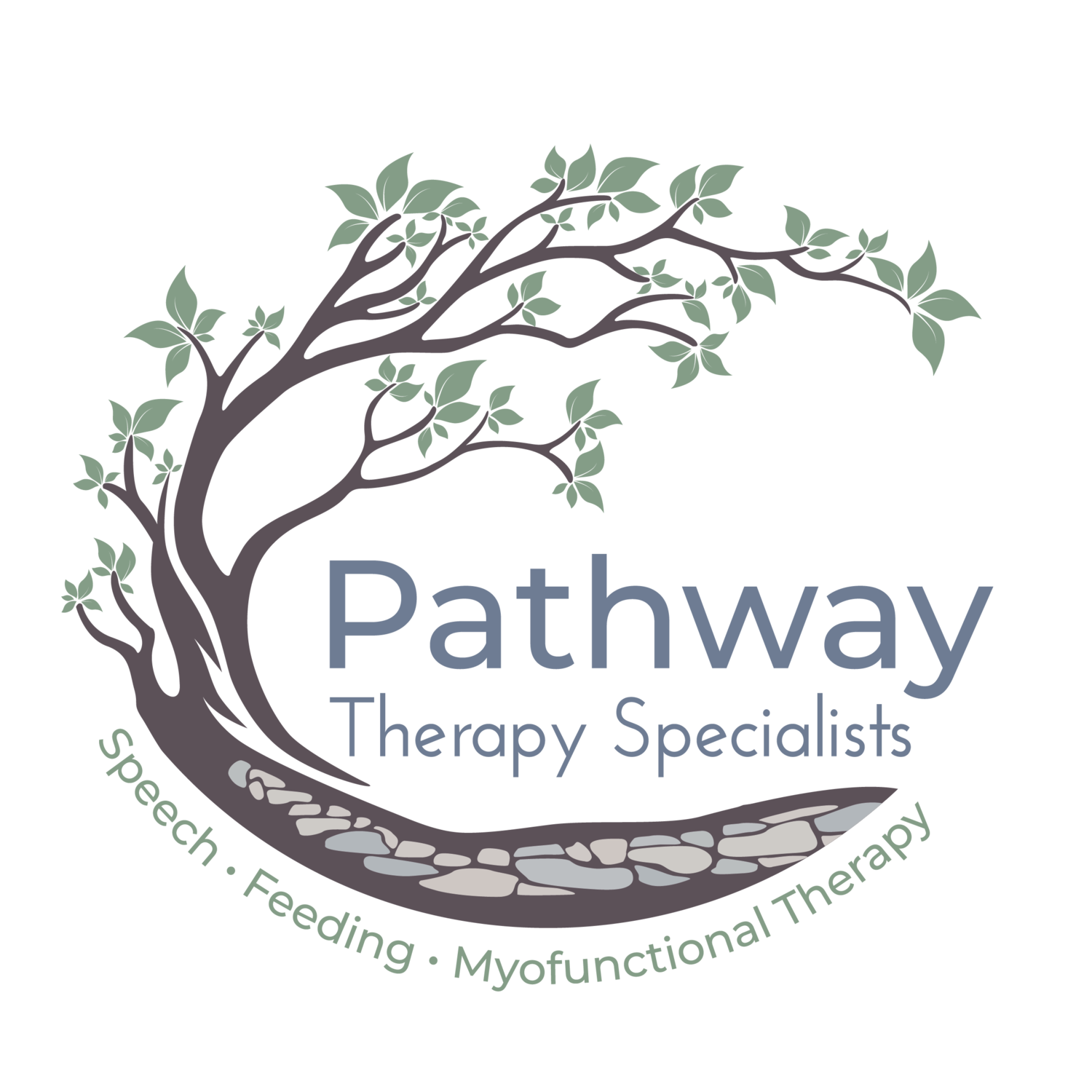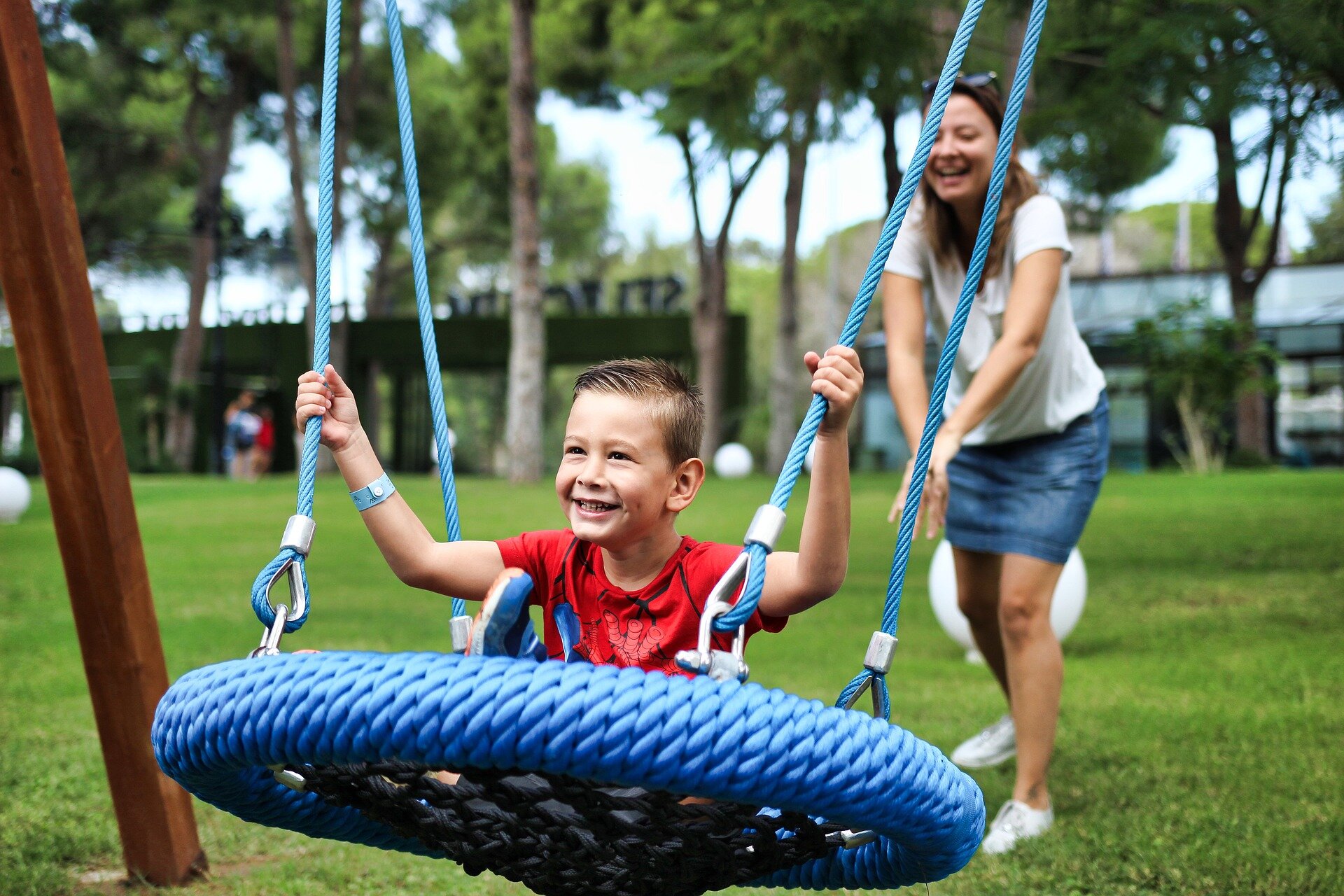
Speech and Language Therapy
Receptive and Expressive Language Therapy
The word language refers to the way we understand and use words to interact with those around us. We use language to understand others, express wants and needs, share ideas, and make connections, among other functions. Disorders in this area make it difficult for a child to understand and utilize spoken language.
What is receptive language?
Receptive language refers to a person’s ability to understand the information being presented to them. Children with receptive language deficits may have difficulty in the following areas, among others:
-Following directions
-Answering questions
-Understanding what words mean
-Identifying pictures or objects
-Following along with a story
-Recalling or comprehending information presented verbally
What is expressive language?
Expressive language refers to a person’s ability to use verbal or nonverbal communication in order to share thoughts, feelings, and ideas. Children with expressive language deficits may have difficulty in the following areas, among others:
-Labeling pictures or objects
-Using age-expected vocabulary
-Forming grammatically correct sentences
-Asking questions
-Using facial expressions and body language
-Commenting on activities
-Asking questions
-Advocating for self
Articulation/ Speech Sound Therapy
In the speech-language pathology world, the words speech and articulation refer to a person’s ability to produce sounds and words found in their native language. A child with an articulation (or speech sound) disorder may be difficult to understand.
Common examples of articulation disorders in children:
-Substituting one sound for another sound (saying “dough” for “go”)
-Deleting a sound (saying “dah” for “dog”)
-Adding a sound (saying “can-nuh” for “can”)
-Distorting a sound (saying “thun” for “sun” or “wock” for “rock”)
-Apraxia of speech (a neurological motor speech disorder that affects the brain pathways involved in planning speech movements)
Sometimes, a child who has what seems to be a speech-sound disorder actually has an orofacial myofunctional disorder. Muscle imbalance, tethered oral tissue, mouth breathing, and other factors can contribute to speech distortions. Read more about orofacial myofunctional disorders here.
Therapy for children with Autism Spectrum Disorders
Autism spectrum disorder (ASD) is a neurological, developmental condition that affects how a person experiences the world. This may include differences in communication styles, thinking, sensory processing, moving, and socializing. Our goal at Pathway Therapy Specialists is to work cooperatively with these children, their families, and their communities to problem-solve barriers to communication, engagement, and inclusion.
Autism is considered a “spectrum” disorder because people with ASD can present with highly variable strengths and areas of need. Children with autism may have difficulty understanding social norms and expectations, using nonverbal or verbal means of communication effectively, understanding language concepts, learning new vocabulary, and understanding non-literal communication (like sarcasm or idioms) and non-verbal communication (like body language or facial expressions). They may have sensory processing differences that make it difficult for them to tolerate certain sounds, textures, foods, or other sensory input.
People with autism, just like all children, are unique and benefit from individualized treatment programs that follow their interests. There are no “one-size-fits-all” approaches here! As a speech-language pathologist with years of experience working with this population, my job is to meet your child where they are, show them the value of communication, assist them in connecting with others (whether that be using gestures, an AAC device, words, or other means), help them navigate challenging situations, and provide education opportunities for those around them as needed.
I have found that my most successful therapy sessions happen when I follow the child’s lead and support their spontaneous communication, whatever that may be on a given day. Children learn best when they are interested in the activity and having fun, and that’s why I am a strong proponent of the power of play and its connection to learning. Examples of treatment modalities we use to engage and work with children with autism include:
-Social stories to help prepare for upcoming events or changes to routines
-Visual supports (like visual or written schedules as appropriate, calendars, or feelings charts)
-High and/or low-tech Augmentative and Alternative Communication (AAC) options with no pre-requisites
-Natural language acquisition
-Play-based therapy
-Techniques designed to provide needed or desired sensory input
Our goal is to help your child find joy in connecting with others and feel comfortable in their own skin. You won’t find us doing rote memorization tasks, forcing eye contact, utilizing hand-over-hand prompting, training for compliance, or using other behavioral-based approaches.
Instead, we will presume competence, respect your child’s choices and emotions, honor their sensory differences, advocate for necessary supports, teach self-advocacy skills, and have fun while communicating. We’ll involve the family so that everyone feels confident and supported every step of the way.
For more information about the approaches and values we use at Pathway Therapy Specialists, check out these resources:





